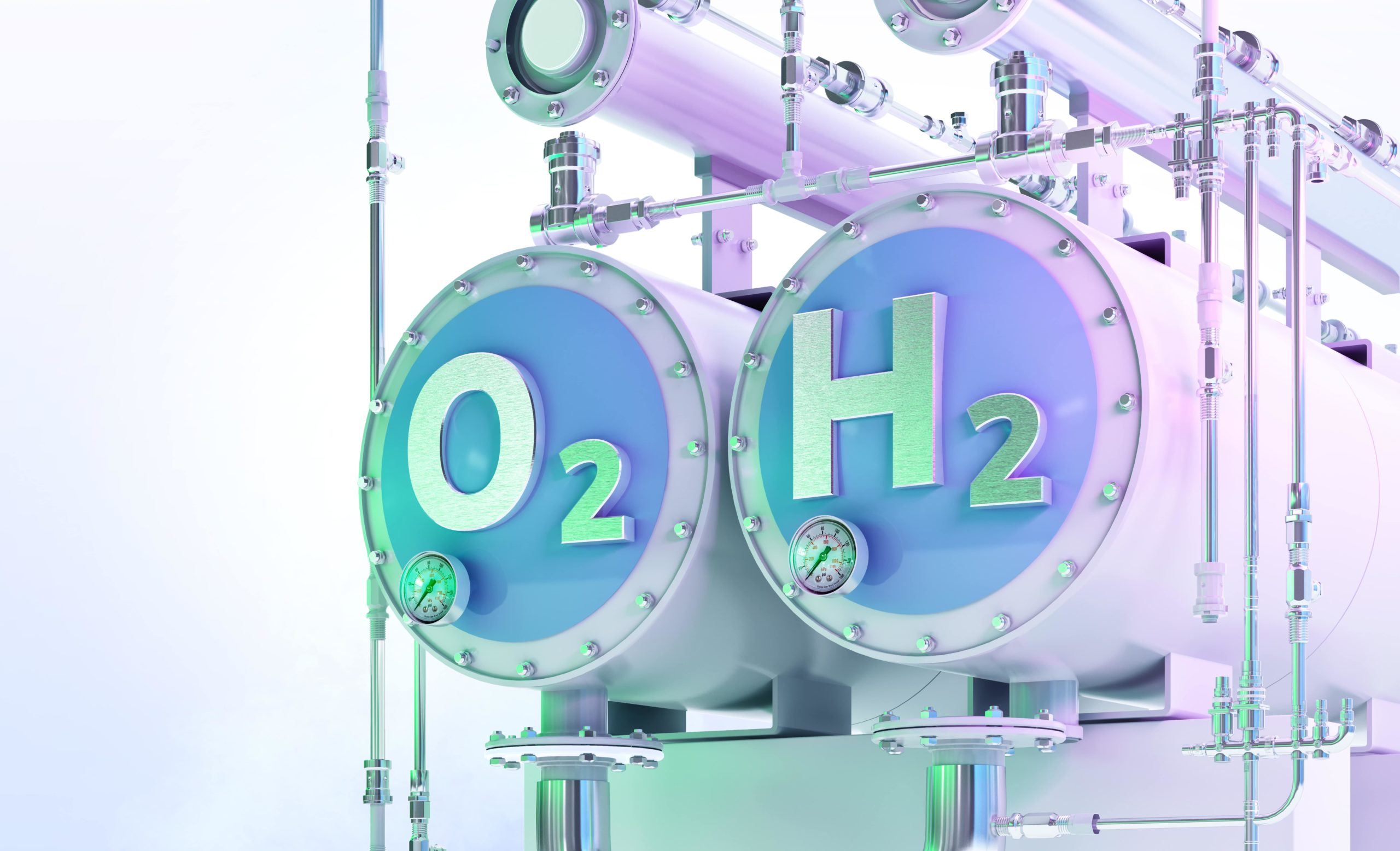
Bloom Energy Inc. Collaborates with Shell to Explore Opportunities for Innovative Large-Scale, Renewable Hydrogen Energy Projects
Bloom Energy Inc. has partnered with Shell Plc. (Shell) to explore decarbonization solutions, leveraging Bloom’s innovative hydrogen electrolyzer technology.
Together, Bloom and Shell aim to develop replicable, large-scale solid oxide electrolyzer (SOEC) systems capable of producing hydrogen for potential utilization across Shell’s assets.
KR Sridhar, founder, chairman, and CEO of Bloom Energy, expressed optimism about the transformative potential of this technology in decarbonizing hard-to-abate industry sectors. He emphasized Bloom’s position as a world leader in solid oxide electrolyzer technology, poised to provide customers with American-made energy technology to reduce carbon footprints while sustaining economic growth.
Bloom’s SOEC technology enables the production of clean hydrogen at scale, offering a sustainable alternative to fossil fuel-powered “grey” hydrogen production methods. By utilizing water electrolysis and renewable energy sources, Bloom’s technology produces clean or “green” hydrogen, effectively eliminating greenhouse gas emissions.
The demand for Bloom Electrolyzer®, manufactured in California and Delaware, has been steadily increasing due to growing interest in the low-carbon economy. Independent analysis indicates that Bloom now boasts the world’s largest operating electrolyzer manufacturing capacity among all electrolysis technologies, surpassing its closest competitor by double. A highly successful demonstration in May 2023 showcased the world’s largest solid oxide electrolyzer, with a capacity of 4 Megawatts, producing 2.4 metric tons of hydrogen per day at NASA Ames research facility in Mountain View, California. This high-temperature, high-efficiency unit outperformed commercially demonstrated lower temperature electrolyzers such as proton electrolyte membrane (PEM) or alkaline electrolyzers in terms of hydrogen production per megawatt (MW).
By: Solar Quarter / Kavitha , March 8, 2024
